Analysis of global catch data shows scope for nutrient yields from most of the world’s marine fisheries to be enhanced through nutrient-sensitive fisheries management
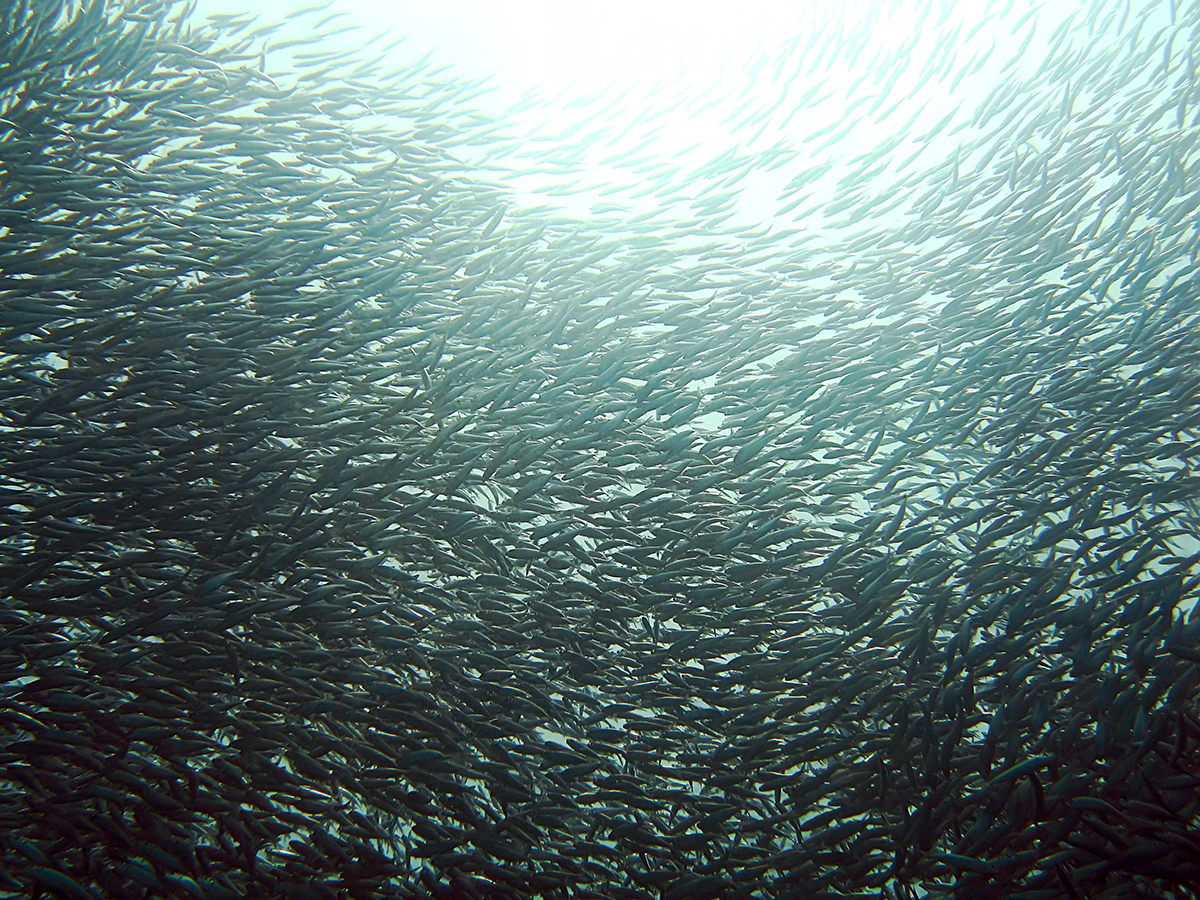
Fisheries production policies can help close population-level nutrient gaps if they support a sustainable increase in the production of fish rich in target nutrients, but there is currently no framework that integrates nutritional outcomes into fisheries management. Doing so requires new methods that shift the focus away from catch volumes and towards nutrient yields that meet dietary needs, helping fisheries to contribute effectively towards ending malnutrition.
Contemporary fisheries management is founded on catch-based reference points that quantify the maximum sustainable yield (MSY) available from single species and occasionally as the multispecies maximum sustainable yield. MSY has been pivotal in rebuilding fish catches in multiple locations but can conflict with management objectives when species or stocks have ecological or social values that are compromised by fishing at maximum sustainable catch limits, such as conservation status or economic.
As a result, maximum economic yield and ecosystem indicators have been developed to understand synergies and trade-offs between MSY and distinct management objectives. These tools are known to improve stock status and achieve positive economic, social and environmental outcomes for fishing-dependent communities. Yet, despite recent attention on the role of wild fisheries in global nutrition security, the relevance of MSY for nutritional outcomes has not been explored.
Fish vary widely in their nutrient content according to species’ life-history traits, phylogeny and environmental conditions. In a multispecies fishery, the nutrient yield of catches is likely dependent on the nutrient content of the most targeted and abundant stocks, and on gear selectivity for those stocks. Thus, depending on which mix of species are caught in what quantities, nutrient yield can be distinct from total catch weight and MSY-based fisheries management may not optimize nutrient production. The development of management approaches that evaluate nutrient outcomes is essential if wild capture fisheries are to contribute meaningfully to securing global food and nutrition security.
This article – summarized from the original publication (Robinson, J.P.W. et al. 2022. Managing fisheries for maximum nutrient yield. Fish and Fisheries 23(4): 800-811) – presents the results of a study to develop a nutrient-sensitive approach to the management of wild capture fisheries.
Study setup
The authors developed a conceptual framework to estimate multispecies Maximum Nutrient Yield (mMNY) for fisheries and examine potential trade-offs with mMSY. Size-based models were used to examine nutrient production by multispecies fisheries, construct nutrient yield curves and determine nutrient reference points. A dynamic multispecies size-spectrum model was fit to simulate a generic assemblage of 15 interacting species with varying nutrient concentrations, a North Sea fish assemblage of 12 interacting pelagic and demersal species and a Baltic Sea fish assemblage of 3 interacting pelagic and demersal species.
Based on the nutrient curves and species composition in North and Baltic Sea models, we then propose ways to identify fisheries that offer the greatest potential for optimizing nutrient production and apply this approach to catch data for global marine fisheries.
For detailed information on the methods used, refer to the original publication.
Multispecies maximum nutrient yield
In a multispecies fishery, annual catches can increase with exploitation rate up to a maximum total catch (i.e., mMSY, at fishing mortality FmMSY), leading to reductions in average body size, depleted community biomass and an increased risk of stock collapses (Figure 1a). Catches of nutrients also increase with the exploitation rate, up to a maximum nutrient catch, enabling the estimation of multispecies maximum nutrient yield (mMNY, at FmMNY) that depends on the nutrient content of landed species.

We outline three potential outcomes of fishing for mMSY versus mMNY. First, nutrient yields may be maximized below FmMSY when nutrient-rich species are vulnerable to overfishing, such that reducing total catch is required to produce mMNY (Figure 1b), representing nutrient overfishing (FmMNY < FmMSY). Second, maximum nutrient yields above FmMSY may arise when nutrient-rich species are resilient to high exploitation rates, producing the largest nutrient yield at fishing levels that cause stocks of less nutrient-rich species to collapse (Figure 1c), representing nutrient underfishing (FmMNY > FmMSY). Finally, catches of nutrient-rich species may be maximized at mMSY, such that nutrient yields correlate closely with total catches (Figure 1d; FmMNY ≈ FmMSY).
Application of this conceptual mMNY model requires understanding the nutrient composition of a multispecies fishery, with mMNY curves varying among locations and nutrients according to the traits of target species and their relative abundance and vulnerability to fishing.
Nutrient yield in ecosystem models
Size-based models of North Sea and Baltic Sea fisheries were used to construct nutrient yield curves for seven nutrients (calcium, iron, selenium, zinc, omega-3 fatty acids and vitamins A and D). These nutrients are important for human health and bioavailable in fish, three of which are often lacking in diets in European countries (selenium, omega-3 and vitamin D). We used these fisheries systems because they have been assessed and modeled in various contexts and because these stocks are already targeted, traded and consumed, providing a firm foundation to evaluate nutrient-based management in a multispecies context.
For most nutrients, yield at mMSY was within 93 percent of MNY, indicating that fishing close to mMSY would achieve a ‘pretty good’ multispecies nutrient yield. In systems where nutrient curves closely follow catch curves, fishing levels that return a pretty good yield could therefore provide an operating space for maximizing both catch and nutrients. Alternatively, catch and nutrient curves might also diverge, causing larger differences between catch and nutrient yield. For example, underfishing North Sea stocks returned 67 percent of maximum vitamin D yield at 78 percent of mMSY, whereas in the Baltic Sea, overfishing levels returned 54 percent of maximum vitamin A yield at 84 percent of mMSY.
Yield curves can therefore be used to predict the magnitude of differences between catch and nutrients and thus to assess scenarios that might provide most nutrients at low fishing levels, or when overfishing might cause a disproportionate loss of nutrient yield.
Optimizing catches of nutritious species
The uptake of mMSY approaches in fisheries management has been limited by both model complexity and practical barriers to implementation, such as interactions between gears and species, social and economic drivers, and historical exploitation patterns. However, in a multispecies fishery with stocks of varying nutrient concentrations, mMNY is governed by the sustainable yield of nutritious species only and therefore may be simpler to implement than mMSY in some systems. The potential benefits to public health through mMNY will likely also depend on consumer preference and availability of seafood products, as, for example, sand eel and sprat are currently not directly consumed in Europe.
Maximizing nutrients presents a potentially important trade-off for fisheries management, alongside catch, economic and environmental outcomes, and thus an additional dimension to integrate in fisheries management. As with trade-offs between catch and nutrients, the biodiversity impacts of fishing for nutrients will depend on the resilience of nutritious species to fishing.
The size-based models used here therefore provide strategic advice on long-term policy objectives for fisheries management, rather than to identify nutrient-based reference points for North Sea and Baltic Sea fisheries. As with all reference points, developing mMNY for policy decisions would require these trade-offs to be quantified and communicated, for example, by evaluating uncertainty in nutrient concentrations and catch estimators and incorporating interactions between gear, fleet, fishing zone and season. Tactical advice of nutrient-based reference points for these fisheries would, for example, require models with spatial structure (e.g., species distributions and fishing grounds) and the ability to evaluate technical interactions between fisheries.
Using mMNY to enhance the production of nutritious seafood
Development of models and approaches to estimate mMNY in specific contexts would support enhanced production of essential dietary nutrients, particularly in places where the fishery composition leads to differences between mMSY (or multiple single-species MSY plans) and mMNY for one or more micronutrients that are deficient in diets.
While mMNY for Northern European fisheries is most relevant for selenium and vitamin D, undernutrition in many locations is caused by inadequacies in multiple micronutrients. In these contexts, mMNY can help address hidden hunger by combining nutrient yield curves, for example, to assess fishing levels that maximize specific vitamins, minerals or all nutrients combined. mMNY would therefore help fisheries managers to prioritize overall nutrient production, complementing efforts to enhance food and nutrition security through greater access to fish.
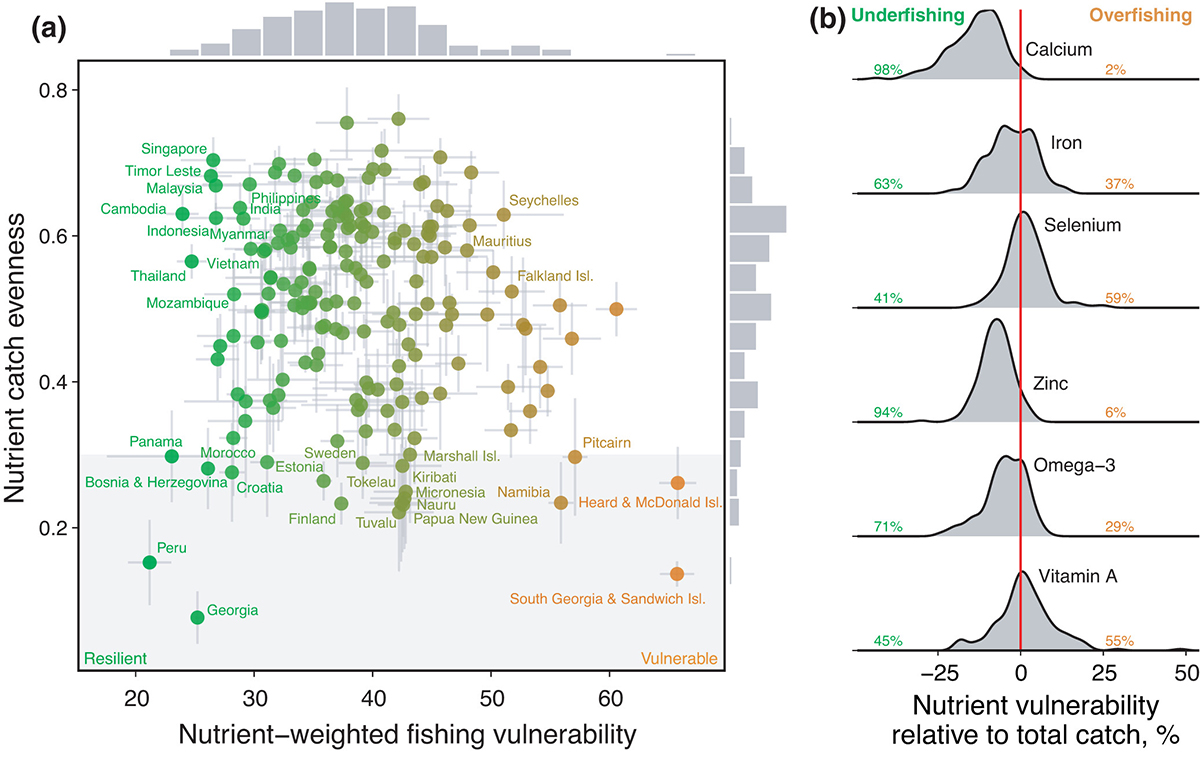
In the tropical Pacific, for instance, policies that allocate abundant pelagic species for local consumption have been proposed to support a growing population while relieving pressure on climate-impacted coastal fisheries. These policies could be coupled with nutrient outcomes by focusing management attention on the most nutrient-rich pelagic species. Fisheries managed for nutrient outcomes will therefore require support from markets and institutions to raise demand for nutritious seafood and promote access to fish. Indeed, nutrition-sensitive agriculture programs that link crop production to markets, education and health have delivered positive nutrition outcomes, suggesting that demand and consumption of nutritious seafood can be shaped by nutrition-sensitive fisheries policies.
The effectiveness of mMNY-based management will also depend on the influence of international trade and foreign fishing, which drive an extensive global movement of seafood from point of capture and thus shape nutrient supply. These distribution processes may exacerbate nutrition insecurity by exporting fishery-derived nutrients from nations suffering nutrient deficiencies.
Seafood trade networks also direct large quantities of forage fish towards aquaculture feed rather than direct human consumption, such as in Peru, where almost 90 percent of catch is Peruvian anchoveta (Engraulid ringens) that are mostly caught for fishmeal and fish oil. Reducing wild fish into farmed products is an inefficient way of consuming fish-derived nutrients and can move nutritious fish away from nutritionally vulnerable countries to those that are nutritionally secure. Information on mMNY could help source nations think strategically about the nutritional consequences of fishing access agreements and account for the impact of trade agreements on local nutrient supplies. Such information is critical if nations are to address nutrient deficiencies and minimize negative outcomes of foreign fishing and trade.
Perspectives
Fisheries managed for nutrient production should aim to promote biomass of productive and nutritious stocks, provided those populations are limited by fishing (e.g., nutrient under- or overfishing). By using strategic fisheries models to develop a conceptual mMNY framework, our study is intended to motivate the development of nutrient-based fisheries reference points and the methodological tools to estimate them, particularly in data-limited tropical systems where nutrient deficiencies are prevalent.
Nutrient composition data are now available for more than 6,000 fish species. Combined with catches, these data can identify stocks that contribute most to nutrient yields and are available to consumers with suboptimal dietary intakes of key nutrients. These fisheries could be governed for maximum nutrient production as a global public good. Capture fisheries have reached their ecological limits for food production by volume, but deployed strategically, mMNY-based management could supply more nutritious seafood.
Now that you've reached the end of the article ...
… please consider supporting GSA’s mission to advance responsible seafood practices through education, advocacy and third-party assurances. The Advocate aims to document the evolution of responsible seafood practices and share the expansive knowledge of our vast network of contributors.
By becoming a Global Seafood Alliance member, you’re ensuring that all of the pre-competitive work we do through member benefits, resources and events can continue. Individual membership costs just $50 a year.
Not a GSA member? Join us.
Author
-
Dr. James P.W. Robinson
Corresponding author
Lancaster Environment Centre, Lancaster University, Lancaster, LA1 4YQ, UK
Tagged With
Related Posts

Responsibility
A wider view: Consensus on seafood’s planetary and human health benefits
Several recent reports echo the message that eating sustainable seafood can help save the planet while making significant gains in public health.
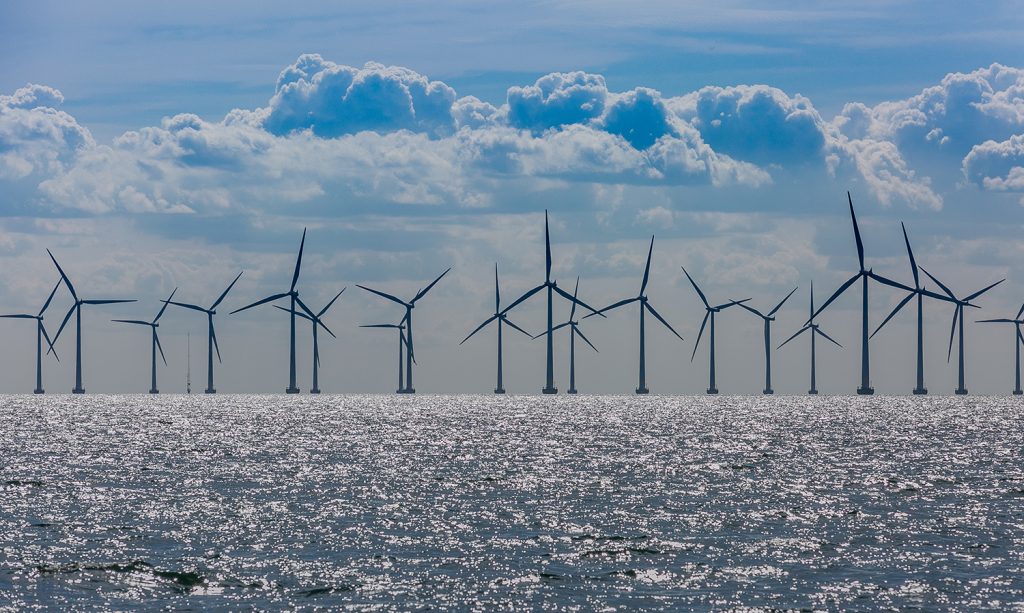
Intelligence
‘No one knows what the risks are,’ say New England fishermen about pending offshore wind farm project
The New England fishing industry is worried that the approval process for a massive offshore wind farm off the coast of Rhode Island is moving too fast.
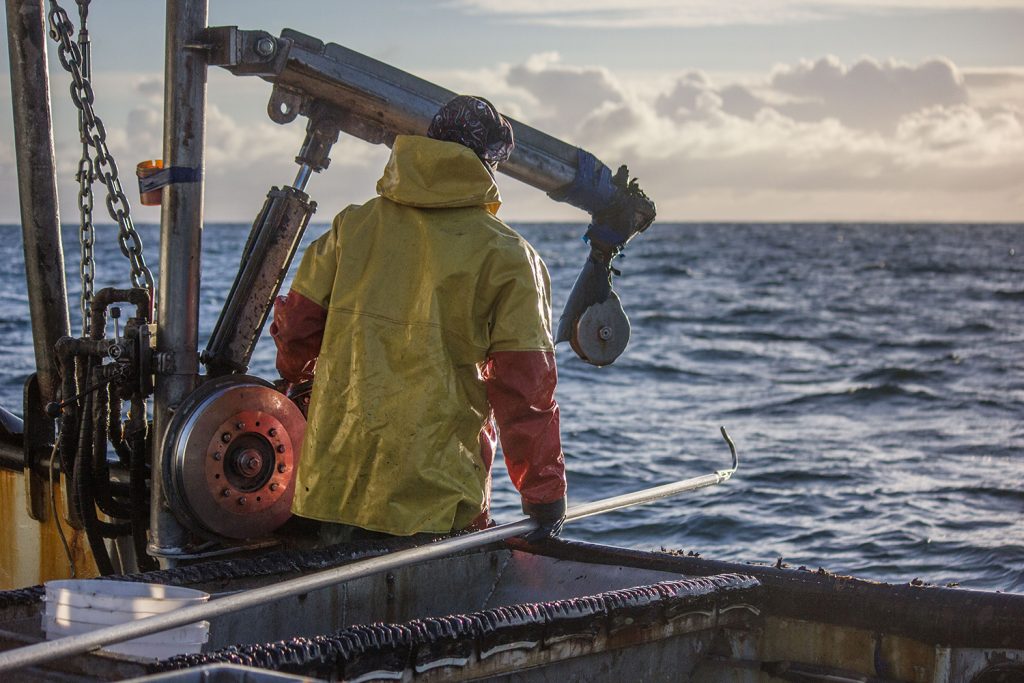
Fisheries
Artificial intelligence is already helping improve fisheries, but the trick is in training the tech
Artificial intelligence is providing valuable data to fisheries, cutting costs and the need for human review. Can the technology be perfected?
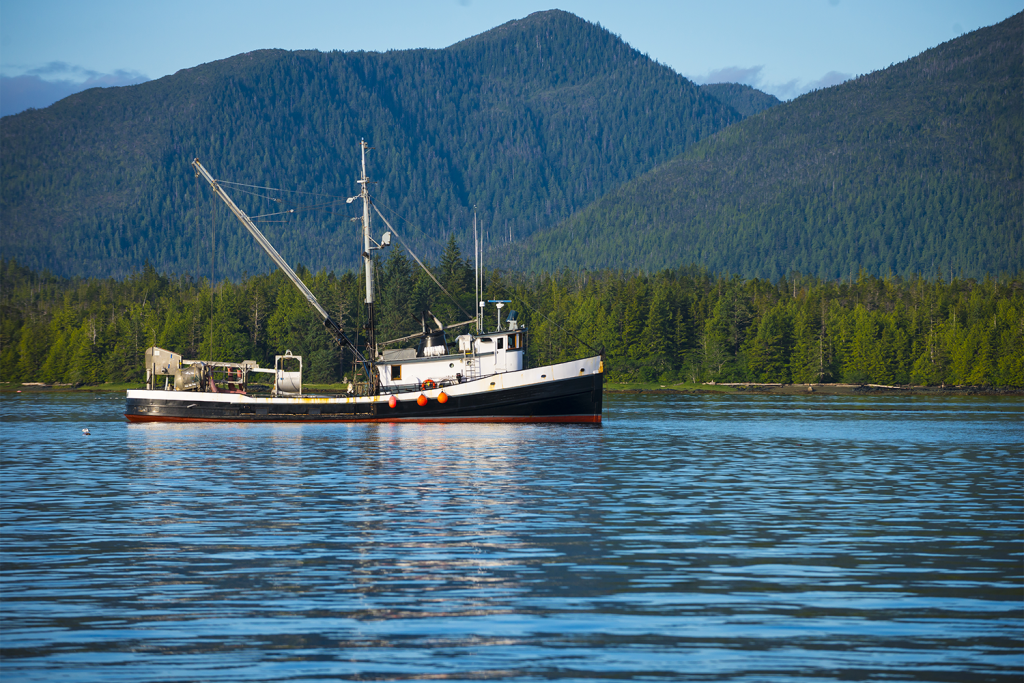
Fisheries
Fisheries in Focus: What is the Fisheries Management Index and what does it say about U.S. fisheries?
To properly evaluate a fishery management system, we need a measure of the management regime as a whole: Enter the Fisheries Management Index (FMI).



